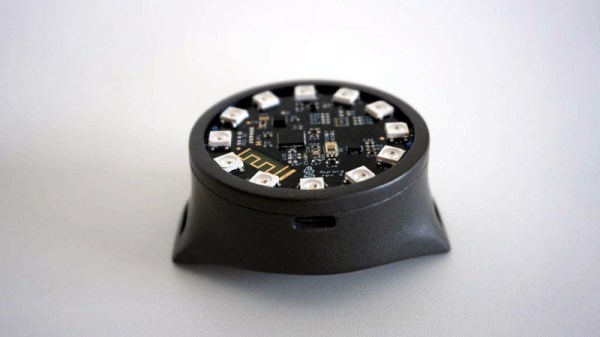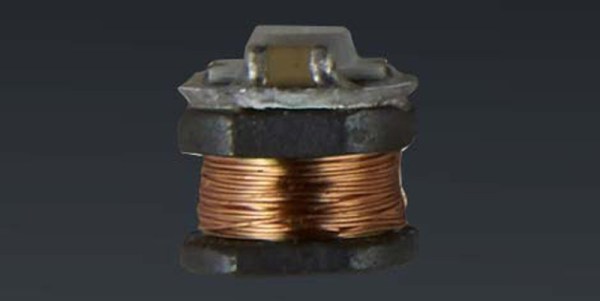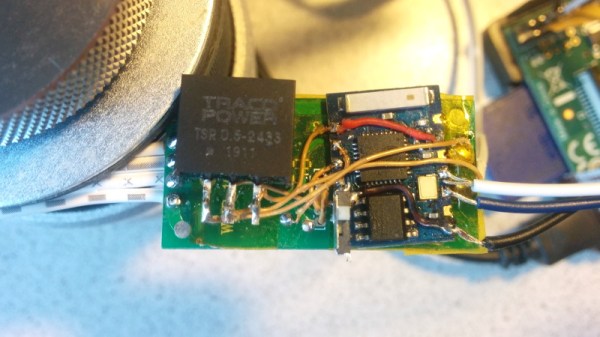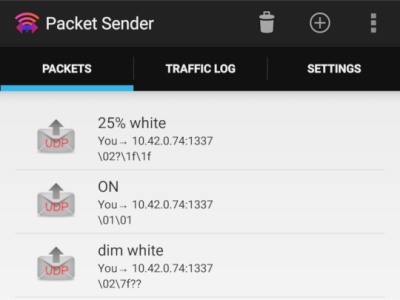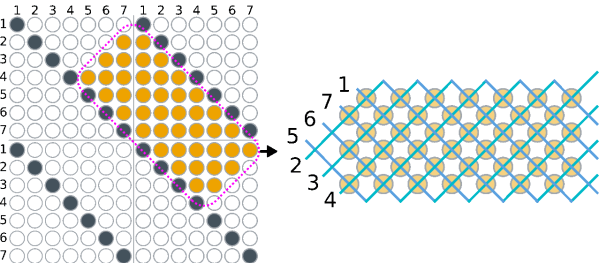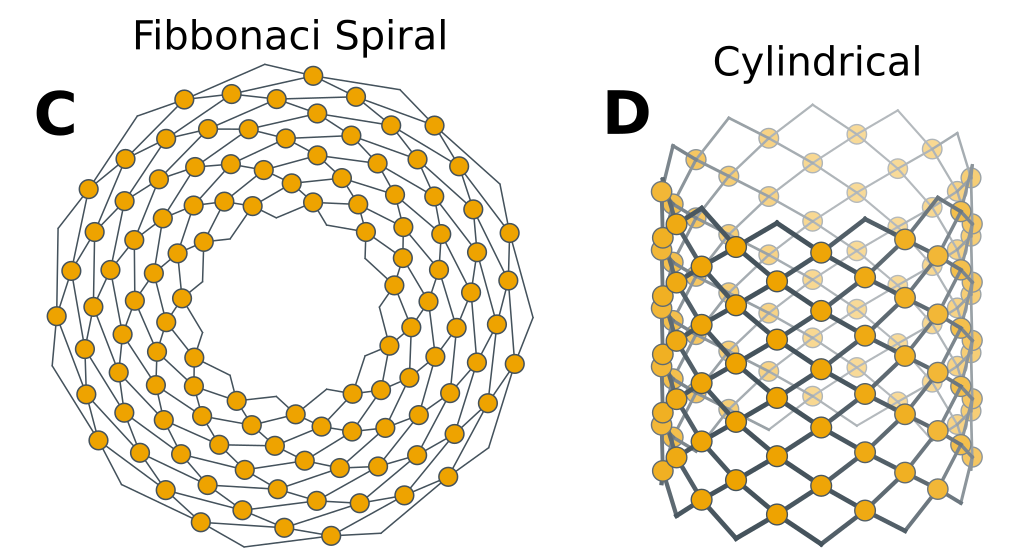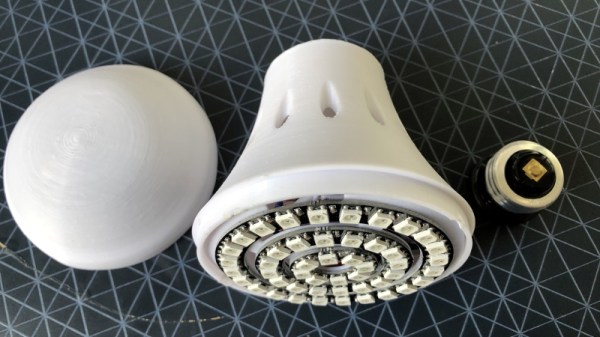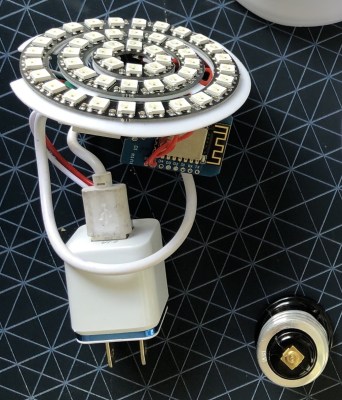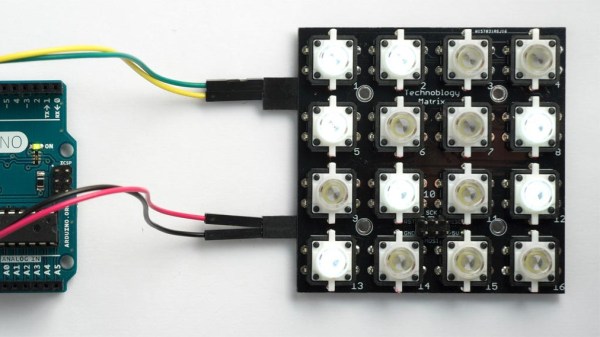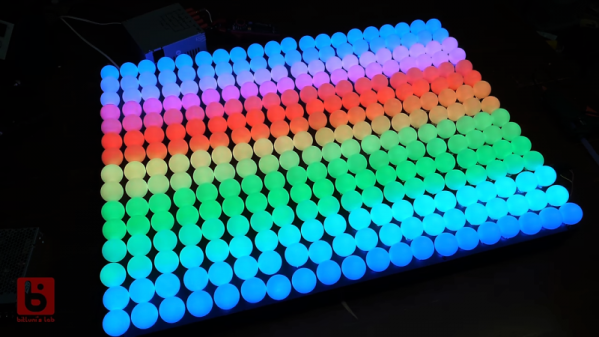[André Biagioni] is developing an open hardware bicycle navigation device called Aurora that’s so gorgeous it just might be enough to get you pedaling your way to work. This slick frame-mounted device relays information to the user through a circular array of SK6812 RGB LEDs, allowing you to find out what you need to know with just a quick glance down. No screen to squint at or buttons to press.
 The hardware has already gone through several revisions, which is exactly what we’d expect to see for an entry into the 2019 Hackaday Prize. The proof of concept that [André] zip-tied to the front of his bike might have worked, but it wasn’t exactly the epitome of industrial design. It was enough to let him see that the idea had merit, and from there he’s been working on miniaturizing the design.
The hardware has already gone through several revisions, which is exactly what we’d expect to see for an entry into the 2019 Hackaday Prize. The proof of concept that [André] zip-tied to the front of his bike might have worked, but it wasn’t exactly the epitome of industrial design. It was enough to let him see that the idea had merit, and from there he’s been working on miniaturizing the design.
So how does it work? The nRF52832-powered Aurora connects to your phone over Bluetooth, and relays turn-by-turn navigation information to you via the circular LED array. This prevents you from having to fumble with your phone, which [André] hopes will improve safety. When you’re not heading anywhere specific, Aurora can also function as a futuristic magnetic compass.
With what appears to be at least three revisions of the Aurora hardware already completed by the time [André] put the project up on Hackaday.io, we’re very interested in seeing where it goes from here. The theme for this year’s Hackaday Prize is moving past the one-off prototype stage and designing something that’s suitable for production, and so far we’d say the Aurora project is definitely rising to the challenge.

